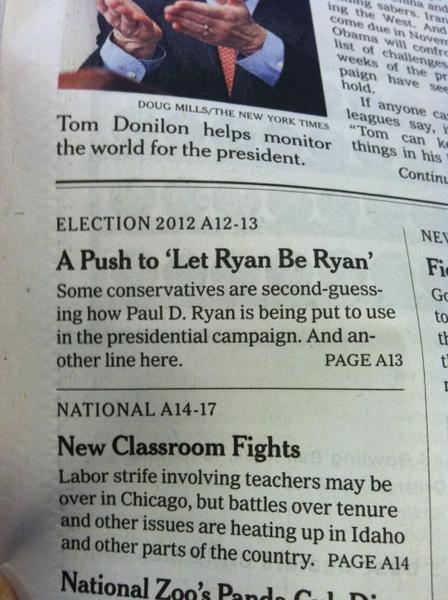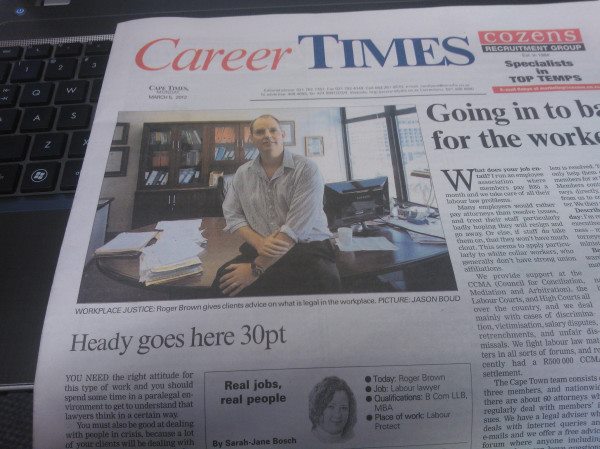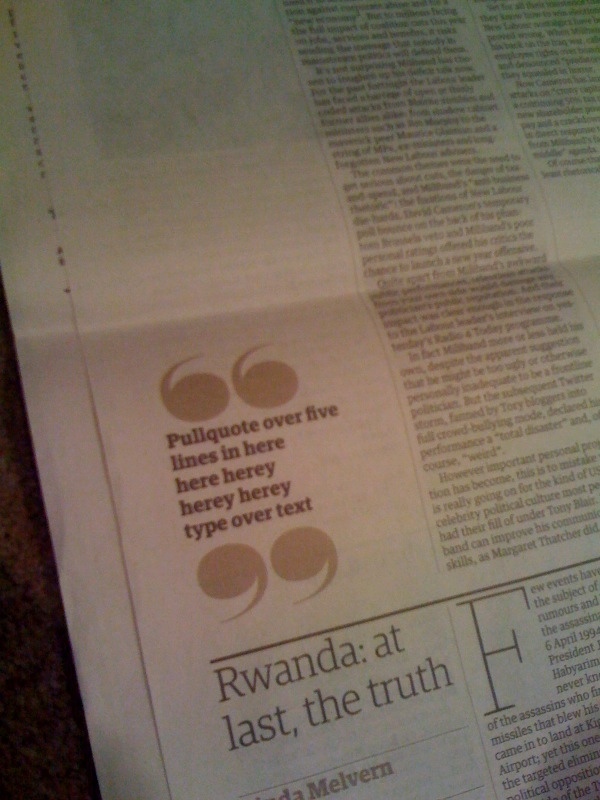A big thanks to Creative Labs for sponsoring Elezea’s RSS feed this week with their AXX 200 sound system!
We believe there’s so much more that your portable wireless speaker should do for you. That’s why we made the AXX 200.
The AXX 200 is a Bluetooth wireless speaker + Sound Blaster audio processor. This means a portable wireless speaker with power for real-time audio enhancement.
Intelligence. That’s what the AXX 200 brings to the table.
- Make a call. Listen to music. AXX 200 intelligently adjusts the audio settings for you.
- The Sound Blaster Central App for your iOS or Android device places the control in your hands.
- Built-in quad array microphone – That’s FOUR microphones in a single wireless speaker for 360° of clear, unmatched audio pickup for voice calls and recording.
- A wireless speaker that automatically cancels out noise during voice calls. For real.
It’s for work, it’s for play.
It can be everything you need it to be.
The AXX 200 is now on sale for a limited time at Creative.com and Amazon.com.









